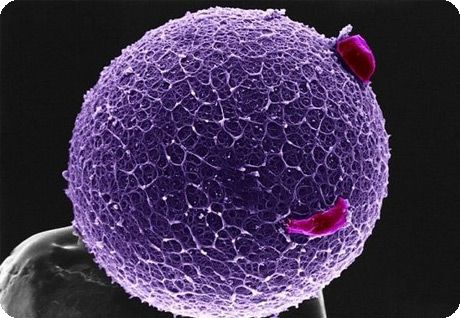Medical expert of the article
New publications
The court in Israel allowed the relatives to freeze the eggs of the deceased girl
Last reviewed: 23.04.2024

All iLive content is medically reviewed or fact checked to ensure as much factual accuracy as possible.
We have strict sourcing guidelines and only link to reputable media sites, academic research institutions and, whenever possible, medically peer reviewed studies. Note that the numbers in parentheses ([1], [2], etc.) are clickable links to these studies.
If you feel that any of our content is inaccurate, out-of-date, or otherwise questionable, please select it and press Ctrl + Enter.

The family court of the Israeli city of Kfar-Sava has allowed the relatives of the deceased girl to fence and cryopreserve the eggs of the deceased, Haaretz writes. According to the publication, this is the first such court decision in Israel.
Hen Aida Ayish, 17, was seriously injured in a car accident in late July. Last Wednesday, doctors of the Kfar-Sawa hospital reported the death of the patient's brain, after which relatives agreed to use her organs for transplant.
Relatives also demanded that the dead be frozen. About how they will be used in the future, not reported. Most likely, the eggs are preserved in order to obtain biological children who died with the help of a surrogate mother.
The court decision of Kfar-Sava authorizes only the preservation of the dead eggs. For their fertilization and implantation, relatives will need to obtain additional permission.

Since 2003, widows of deceased or killed in the course of hostilities in Israel have been allowed to use the sperm of their deceased husband for artificial insemination. Parents of the deceased can use his sperm with the permission of the court.
 [1]
[1]

